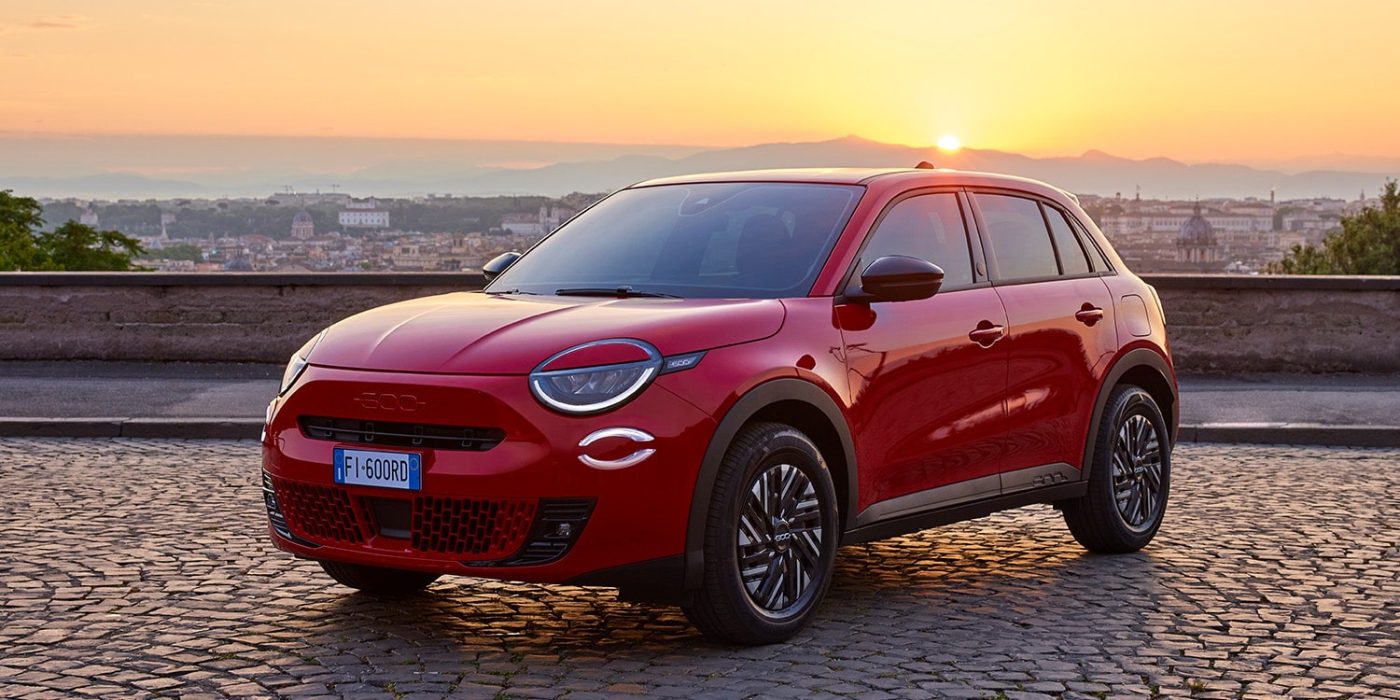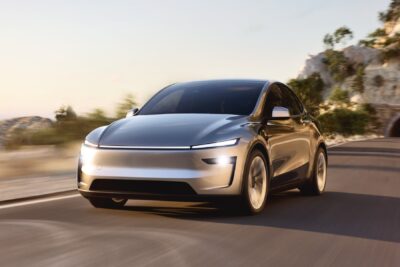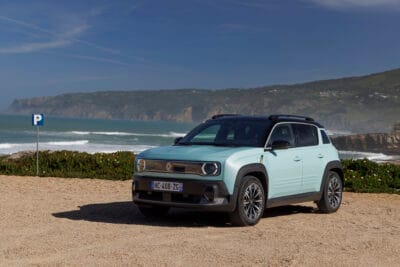Italy sets aside nearly one billion euros for cleaner transportation
The Italian government’s 950 million funding pot is split into 793 million for cars, 35 million for mopeds and motorbikes, 53 million for light commercial vehicles, 20 million for used cars and 50 million for a long-term rental programme. Of the 793 million euros for cars, however, only 240 million will go towards subsidising purely electric vehicles and a further 150 million towards plug-in hybrids. 403 million alone – and therefore more than half of the money – will be reserved for full hybrids, mild hybrids and pure combustion engines with CO2 emissions of between 61 and 135 g/km.
The amount of the premiums depends on the applicant’s income and the emissions standard of the old combustion engine, which is scrapped in return. A maximum of 13,750 euros is granted per e-car (with an annual income of less than 30,000 euros and when scrapping a combustion engine of the Euro 0 to Euro 2 emission standards). In general, the purchase of a new electric car or an economical combustion engine is only subsidised up to a list price of 35,000 euros net or 42,700 euros gross. Plug-in hybrids are an exception, which are subsidised up to 45,000 euros net or 54,900 euros gross. Incidentally, the environmental bonus for economical combustion engines is capped at 3,000 euros – and is only available in conjunction with scrapping. For BEVs and PHEVs, there are also bonuses without scrapping an old combustion engine – up to 7,500 euros.
The eco-bonus will officially come into force in March 2024. It emerged a few weeks ago that the electric car subsidy is primarily intended as an incentive for low-income households. Bloomberg reported at the beginning of January that these households would receive up to 13,750 euros in support and referred to a government document in which the goal was formulated of “replacing the Italian vehicle fleet, which is one of the oldest in Europe, with at least 11 million EURO 3 cars or vehicles of a lower class”. Furthermore, the market share of electric vehicles in Italy is lower than in other major European countries.
Italy has been considering modifying its incentives for the purchase of clean cars for some time. In October 2023, Rome was said to be considering a subsidy system similar to that in France. The core of the French government’s approach is to stagger the environmental bonus for electric cars according to their carbon footprint. The scheme is indirectly aimed at restricting imports of Chinese vehicles. However, it appears that the government has now chosen a different approach.
At the presentation of the incentive system, Italy’s Industry Minister Adolfo Urso also stated that Italy was open to taking a stake in car manufacturer Stellantis. A conflict had previously arisen between the right-wing government and Fiat owner Stellantis and its CEO Carlos Tavares over production levels in the country. According to a Reuters report, Urso has now stated that Stellantis has committed to raising production in Italy back to the level of one million vehicles last achieved in 2017. Last year, the total figure was around 750,000. In return, Italy is considering doing the same as the French government and taking a stake in the car manufacturer. “If Tavares maintains that Italy needs to do the same as France, which has boosted its active investment in Stellantis, then they can ask. We can discuss it together,” Urso said.
it.motor1.com, ilmessaggero.it, mimit.gov.it, reuters.com (Stellantis)





0 Comments